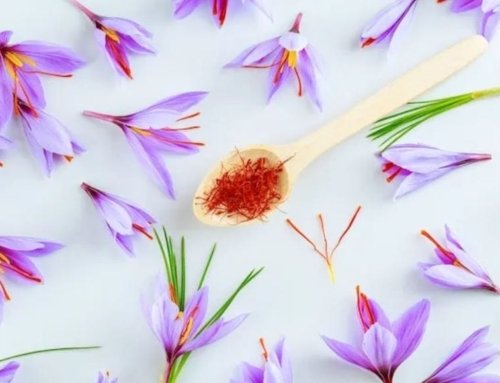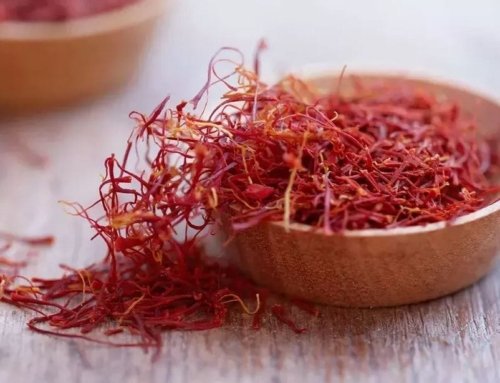 Saffron Greenhouse Cultivation: Tips and Benefits
Saffron Greenhouse Cultivation: Tips and Benefits
Greenhouse Saffron Cultivation: Greenhouse cultivation of saffron has gained popularity recently, especially for those in regions with unsuitable climates for traditional saffron farming. By adopting greenhouse methods, growers can create optimal conditions for better saffron growth. There are two main methods for greenhouse saffron cultivation: aeroponic and hydroponic systems. Here, we explain both methods in detail.
Hydroponic Saffron Cultivation
Greenhouse Saffron Cultivation : This method involves growing saffron without soil, allowing faster growth rates. It uses vertical stacking, maximizing space utilization. Hydroponic systems can increase cultivation efficiency by up to 30%. Nutrients and oxygen are delivered directly to the saffron bulbs through water or humid air, improving yields significantly.
Advantages of Hydroponic Cultivation
Greenhouse Saffron Cultivation
- Precise control over light, humidity, temperature, and air composition.
- Efficient use of vertical space for high planting density.
- Low-cost disinfection and prevention of disease spread in the greenhouse environment.
- Reduced water consumption compared to traditional farming methods.
- Continuous monitoring of saffron bulbs to prevent contamination or infections.
Disadvantages of Hydroponic Cultivation
- The quality of saffron may not match traditional methods due to controlled climate conditions.
- High initial investment and the need for technical expertise.
Aeroponic Saffron Cultivation
Similar to hydroponics, this method eliminates soil but keeps the saffron roots suspended in the air, periodically sprayed with water. Aeroponic systems are also stackable, making them space-efficient.
Advantages of Aeroponic Cultivation
- Significantly reduced water usage.
- Lower costs compared to hydroponic methods.
- Improved control over pest and disease management.
- Minimized damage to saffron bulbs.
Disadvantages of Aeroponic Cultivation
Greenhouse Saffron Cultivation
- Complex greenhouse setup requirements.
- Limited access to suitable equipment in some areas.
- Lower quality of saffron compared to traditional methods.
Home-Based Greenhouse Saffron Cultivation
With a small space and basic equipment, saffron cultivation is achievable even at home. Here’s how to get started:
Step 1: Choose the Right Space
Select a clean, ventilated space with natural or artificial light.
Step 2: Prepare the Equipment
Greenhouse Saffron Cultivation
- Fans and ventilation systems
- Shelves or racks for tiered planting
- Mist sprayers or humidifiers
- Temperature and humidity monitors
- Heaters or coolers
Step 3: Saffron Bulbs
Purchase large, healthy saffron bulbs (around 15g each), ensuring they are free from pests or diseases. Store them in a dry, cool place before planting.
Step 4: Planting and Growth
Transfer the bulbs to the greenhouse setup and shock them with lower temperatures (below 13°C) and 80% humidity for a week. This triggers growth, leading to flowering within 2-3 months. Harvesting can begin once flowering is complete.
Greenhouse Saffron Profitability
The profitability of greenhouse saffron depends on factors such as equipment quality, space size, and optimized climate conditions. With the right setup, significant income potential is achievable.
Final Thoughts
Greenhouse cultivation offers an alternative for regions with harsh climates, enabling the growth of saffron with basic tools and knowledge. However, while convenient, greenhouse saffron quality generally falls short of traditional methods.







Get Social